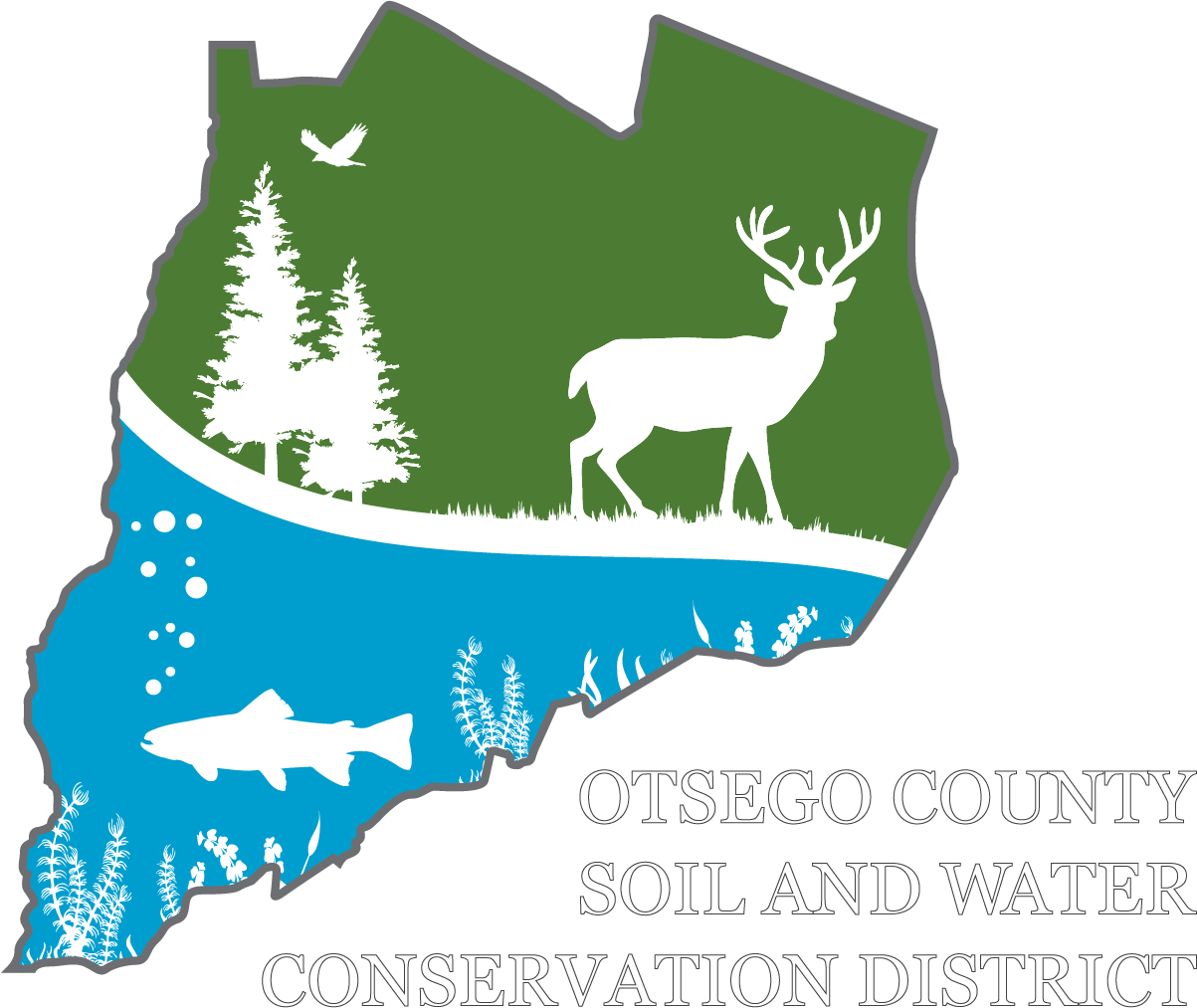Forest Pests
Differentiating between Forest pests is an important part of being an educated forest land owner and manager. Below are examples of the common Forest pests you may find in Otsego County.
Forest Tent Caterpillar
Pest: Malacosoma disstria Hubner
Order: Lepidoptera
Family: Lasiocampidae
Hosts: Oak, Maple, Poplars , Birch , Ash, Elm
Damage and Management: This pest can cause tree defoliation across entire tree canopies and if persisting more than three years may cause tree or stand mortality. Because there is no visible web or nest formations to treat there are no mechanical means to treat the problem. Chemical insecticides are used to treat this pest when the infestation is widespread.
Eastern Tent Caterpillar
Robert Rabaglia, Maryland Department of Agriculture
Daniel Twardus, USDA Forest Service
Pest: Malacosoma americanum
Order: Lepidoptera
Family: Lasiocapidae
Hosts: Apple, Crab Apple, Ornamental Cherry, and other trees of the Malus and Prunus varieties.
Damage and Management: These pests cause minor defoliation within the confines and close proximity to their nest. Although these infestations seldom cause tree mortality, they can weaken a tree and create susceptibility to other forest pests and diseases. The best Management for this pest is manual pruning of egg masses prior to the hatch and removal of newly developing nests when the larvae are in the nests.
Fall Webworm
Photo: Whitney Cranshaw, Colorado State University, bugwood.org.
Pest: Hyphantria cunea
Order: Lepidoptera
Family: Arctiidae
Hosts: Birch, Lilac, Crabapple, cherry and various other fruit bearing and hardwood trees.
Damage and Management: In most cases management is not necessary. This pest typically does not cause tree mortality and after a few years the defoliation caused by the Fall Webworm will no longer be visible or a health threat to the tree. The Fall Webworm is also an anticipated part of the food chain for many predators such as birds, insects, and parasites that serve as biological control for this pest.




